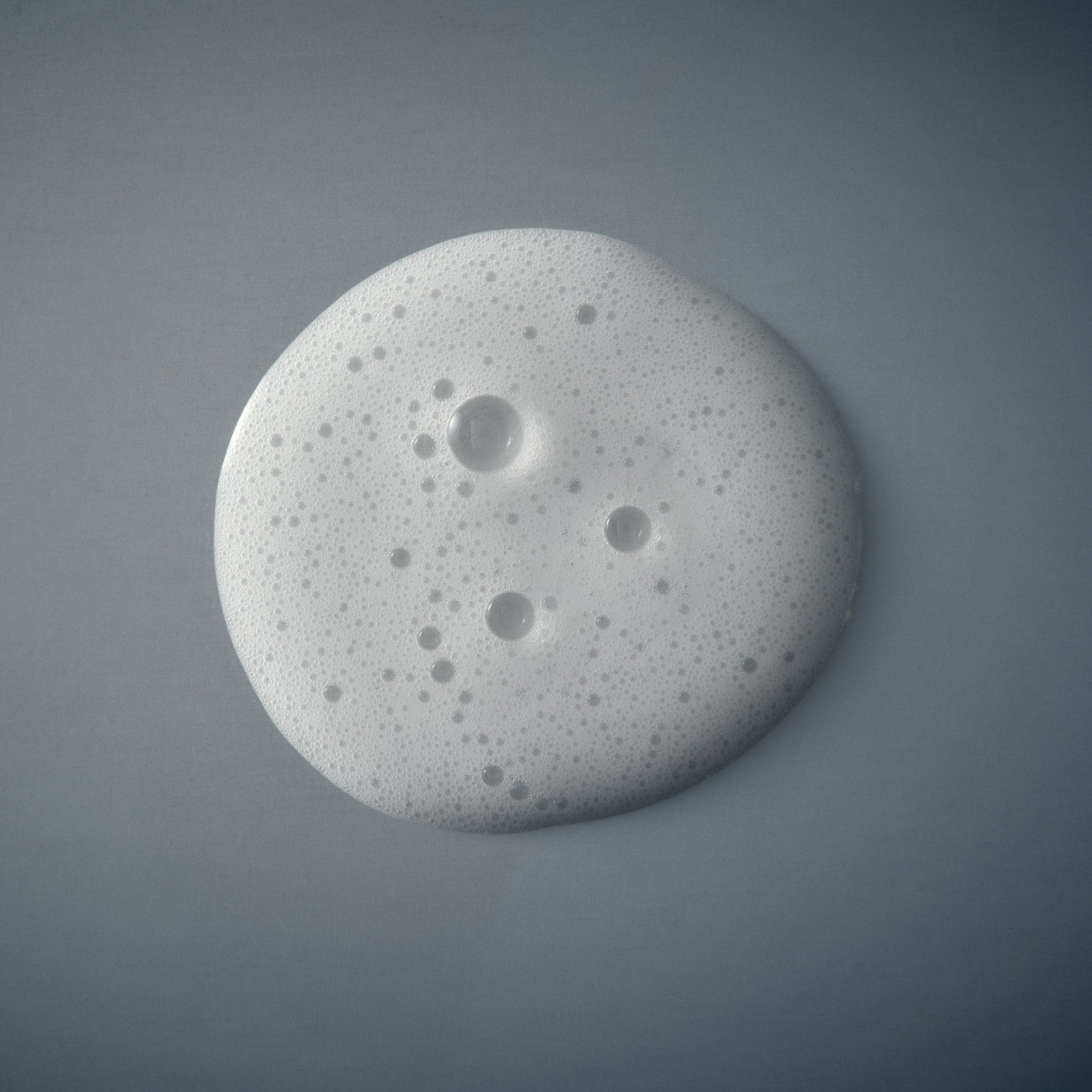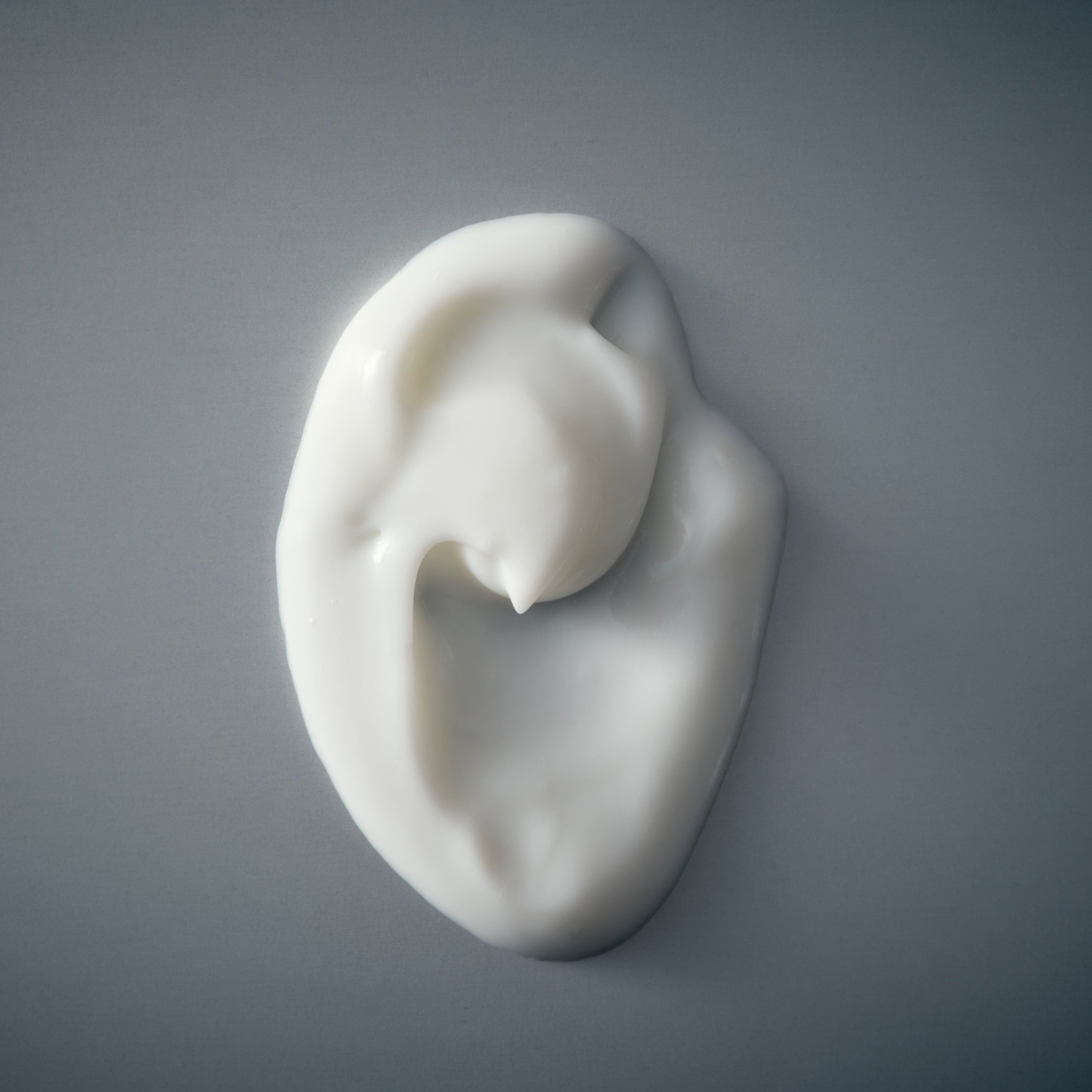Frequently asked questions
Use the FAQ section to answer your customers' most frequent questions.
Product
Sun Protection Factor.
The SPF number correlates to how long a person can be exposed to the sun without burning. For example, if you use SPF 50, you can stay in the sun 50 times longer than if you were unprotected.
Every day! You are exposed to UV radiation during daylight throughout the year. Even though you may not feel it, your skin gets damaged if you don’t use SPF.
Broad spectrum means you are protected from both UVA and UVB rays.
UV radiation is part of the energy produced by the sun. The UV radiation is categorised into UVA, UVB and UVC. UVC radiation is stopped in the atmosphere and never reaches us. UVA and UVB on the other hand can be harmful for humans if we don’t protect ourselves properly.
UVB stands for about 5% of the radiation we are exposed to. The level of UVB radiation varies depending on the time of the year and where you are. UVB levels will be stronger in the summer and the closer you are to the equator but it can also be stronger on high altitudes. UVB can be filtered by clouds and windows. UVB radiation stimulates the pigment cells to produce melanin which turns the skin darker as a protection. Exposure of UVB can lead to sun allergy, sunburn, premature wrinkles and skin cancer.
UVA radiation stands for around 95% of the radiation we are exposed to. UVA rays are at the same levels throughout the year during daylight and they can penetrate clouds and windows. UVA can also penetrate deeper into the skin and harm the inner toplayer of the skin. UVA can cause your skin to age prematurely and they can also cause skin cancer.












